
From some of the world's most famous castles to an island monastery dating back to the 6th century (Skellig Michael in County Kerry), the South West of Ireland is home to a wide variety of ancient structures. These structures have not only stood the test of time they have gone on to represent the very essence of Ireland to people all across the globe. On this page we invite you to have a look at South West Ireland's most well known Castles and Ancient Settlements.
Situated five miles north-west of Cork city, Blarney Castle is a solid fixture on almost any tour itinerary. It is best known for the famous "Blarney Stone" which visitors are encouraged to kiss, in accordance with a tradition which spans the centuries.

Built 600 years ago by Cormac MacCarthy, one of Ireland's greatest chieftains, Blarney Castle has attracted millions of visitors who continue to flock here in the hope that they will be gifted with the power of persuasive and elegant speech - or, as we call it in Ireland ... Blarney.
The spiral steps up to the famous Blarney Stone can feel very narrow at peak times. Those with limited mobility should proceed slowly and carefully however many people may be waiting behind.
Buy you tickets online to get an online discount.
You will find Blarney Castle 8 km from Cork City in Blarney Village. We recommend that you spend 3 hours to explore both the castles and garden with caves, lake walk, fern garden and arboretum. Maps are available at the ticket office in several languages. Audio guides in English are also available.
The opening hours for Blarney Castle and Gardens in June to August are 9:00 to 19:00 on Monday to Saturday and to 18:00 on Sundays. Opening hours are shortened from September to May. The opening hours can change according to weather conditions. Find out more about the opening hours.
Children under 8 go free. A ticket for adults costs 18 euro and 8 euro for children aged between 8 and 16.
Located alongside the River Shannon in County Limerick, on King's Island lies the 13th century castle named St John's Castle. Dating back as far as 922, to a time when Vikings were the inhabitants of the island (Thormodr Helgason, the Viking sea-king, built the first settlement on the island), the actual castle was built in 1200 under the instruction of King John of England. Having taken over power of Limerick, from the Vikings in 1194, the castle was built to act as a guard from the Gaelic kingdoms to the west and other Norman lords invading from the South and East. Under the rule of King John, the city of Limerick went from strength to strength.
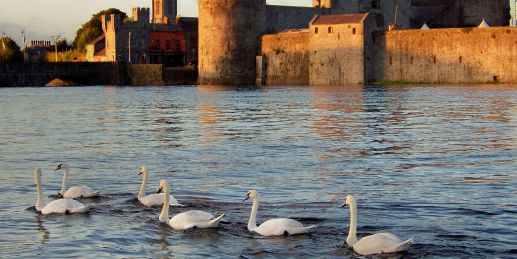
Part of the castle was irreparably damaged during the siege of Limerick. From 2011–2013 there was euro5.7 million spent in a huge redevelopment of the castle to improve the visitor facilities and today the King John's Castle stands as one of Limerick's proudest attractions.
The tour King John's Castle takes about an hour in total. For anyone with mobility issues be warned, there are a number of steep steps to negotiate.
Ross Castle, found on the majestic Lough Leane in Killarney National Park, dates back to the 15th century. It was first built by the ruling clan of the time, O'Donoghues Mor, and later changed hands to MacCarthy Mor. It was one of the last castles to surrender power to English political leader Oliver Cromwell during the Irish Confederate Wars (between 1641 and 1653). The castle stood its ground until the British brought artillery via boat along the River Laune. In an amazing piece of foresight, there was an old Irish priphecy that read: "Ross may all assault disdain. Till on Lough Lein strange ship shall sail."
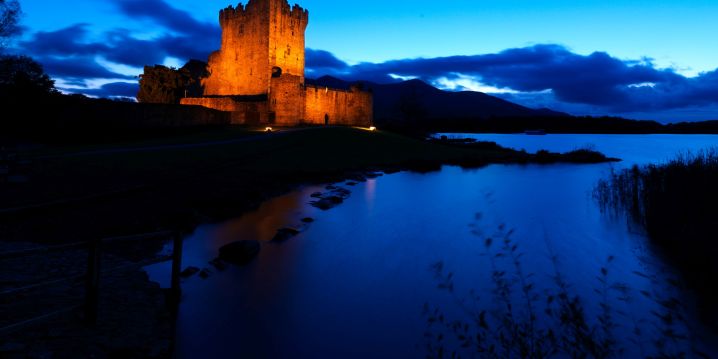
First build by Queen Elizabeth I in response to the people of Cork's demand for a structure to guard against pirates attacking ships entering the harbour, Blackrock Castle is a circular tower located on the water's edge. The foundation was laid in 1582 and the round tower was added in 1600. From this time, until it was destroyed by fire in 1827, Blackrock Castle was used by the City of Cork as a location for banquets and gatherings.
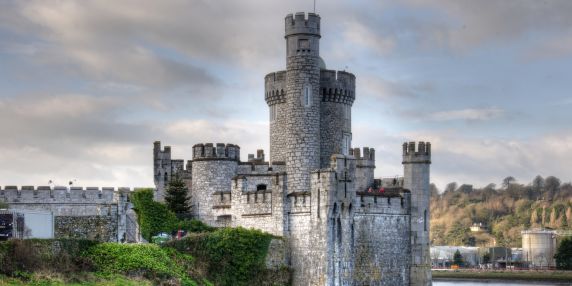
In 2007, Cork Institute of Technology and Cork City Council redeveloped the castle as a public astronomy center. There is also a highly rated restaurant and café on the ground floor.
Blackrock is a 10-minute bus ride from Cork City Centre (202 bus). This bus will take you from the city to the end of Castle Road in Blackrock, a 5-minute walk from the castle.
Skellig Michael, also known as Great Skellig, is a rocky outcrop island located 11.6 km to the west of the Iveragh Peninsula in Country Kerry. Sceilig Bheag (Little Skellig), its twin island is small and completely inaccessible. Skellig Michael is a world heritage site and was used as a monastic settlement by monks in the 7th century. Hollywood came calling to the island in 2014 when Episode VII of the Star Wars franchise chose it as a location for its final scene. The location was chosen for its otherworldly appearance thanks to its unique combination of Old Red Sandstone and compressed slate.
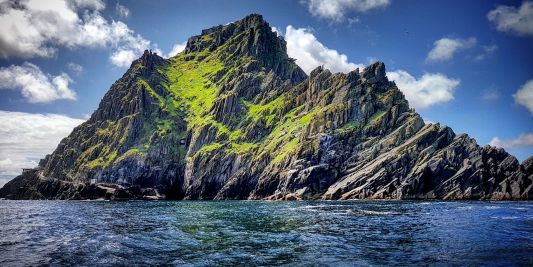
To visit Skellig Michael you will have to book a landing tour with one of the boat operators. We advise to book your tour well in advance as only 180 people are allowed to access the island each day. The landing tours are subject to weather conditions and can be cancelled if they are bad. The boat trip normally takes around an hour and the visit to Skellig Michael approximately 2,5 hours. Most boat tours leave from Portmagee pier and are available from May to the beginning of October.
Visitors to Skellig Michael should be prepared for what is a very tough ascent to the summit. The stone steps can be dangerous when wet and there are no handrails. This ascent is only advisable for people free of any mobility issues.
Drombeg Stone Circle is what's known as Recumbent stone circle, one where a large monolith stone is lying on its side. This type of stone circle is only found in two locations on earth, near Aberdeen in Scotland and the south-west of Ireland. Drombeg Stone Circle is made up of 13 stones, the most westerly of these being the large Recumbent stone. All of the other stones have been set to slope towards the Recumbent stone. A 1957 excavation of the site found radiocarbon dating of items to date back as far as 1100-800 BC. In the centre of the circle the excavation also found evidence of a burial site.
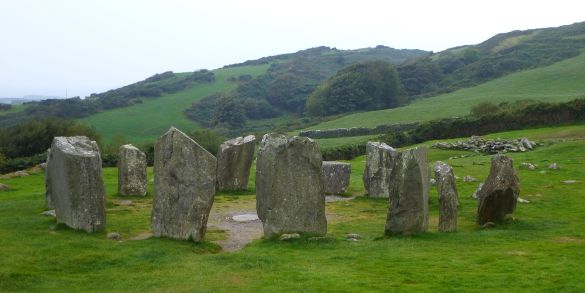
Uragh Stone Circle stands near Gleninchaquin Park in County Kerry. The circle is made up of five small stones with a three-metre tall monolith standing beside it. Recently, the centre of the circle has been dug up, presumably by people looking for treasure of some kind.
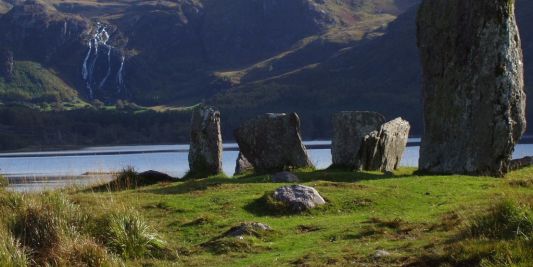
Uragh Stone Circle is located in a very remote part of County Kerry. The easiest way to get there is to take the R571 West from Kenmare, after about 13 kilometres you will see a signpost pointing left reading "Uragh Stone Circle". Take this road to the end, you will be met by a gate, from here it's a short walk by foot.
Grange Stone Circle, located near Loch Gur in County Limerick is the largest in Ireland. Its near-perfect shape and the discovery of a posthole at its centre means that a rope was more than likely used to measure the diameter of the stones. Late Neolithic Beaker pottery was discovered during an excavation of the site. The 113 stones of the circle are not free-standing, they all rest upon one another and form a diameter of 150 feet.
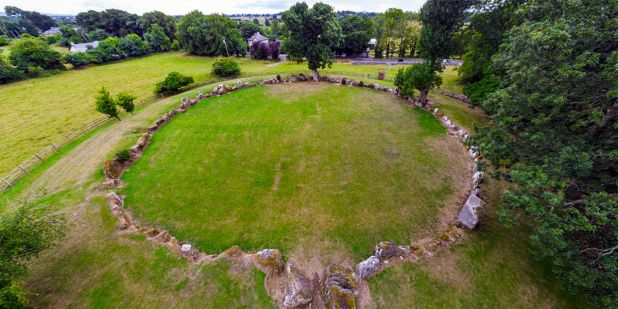
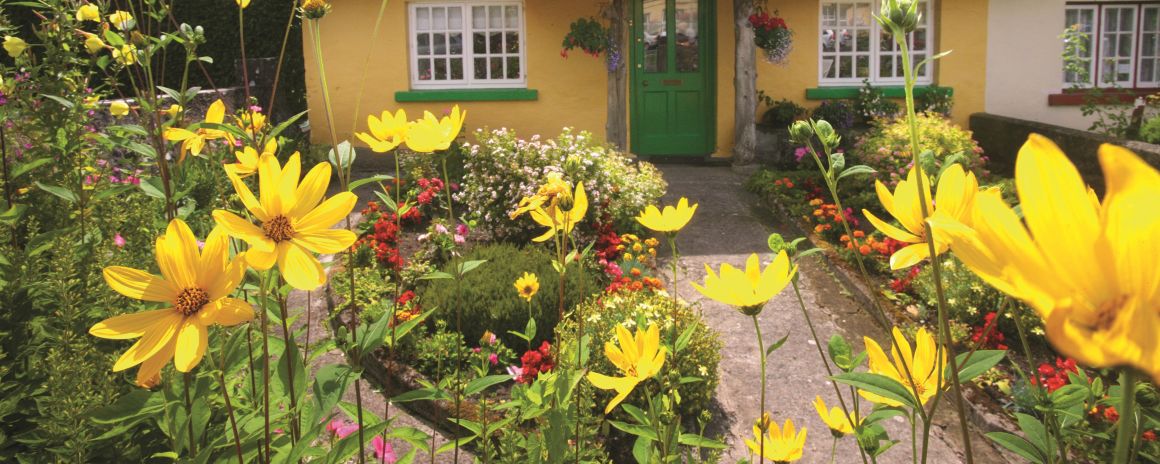
Adare is a small town in Co. Limerick, known for its quaint and colourful thatched cottages. Adare is considered to be one of Ireland's most beautiful towns so stop and take in the view. Don't forget your camera today - the perfect chance to capture the essence of old Ireland.
Explore Adare Village along the Wild Atlantic Way.
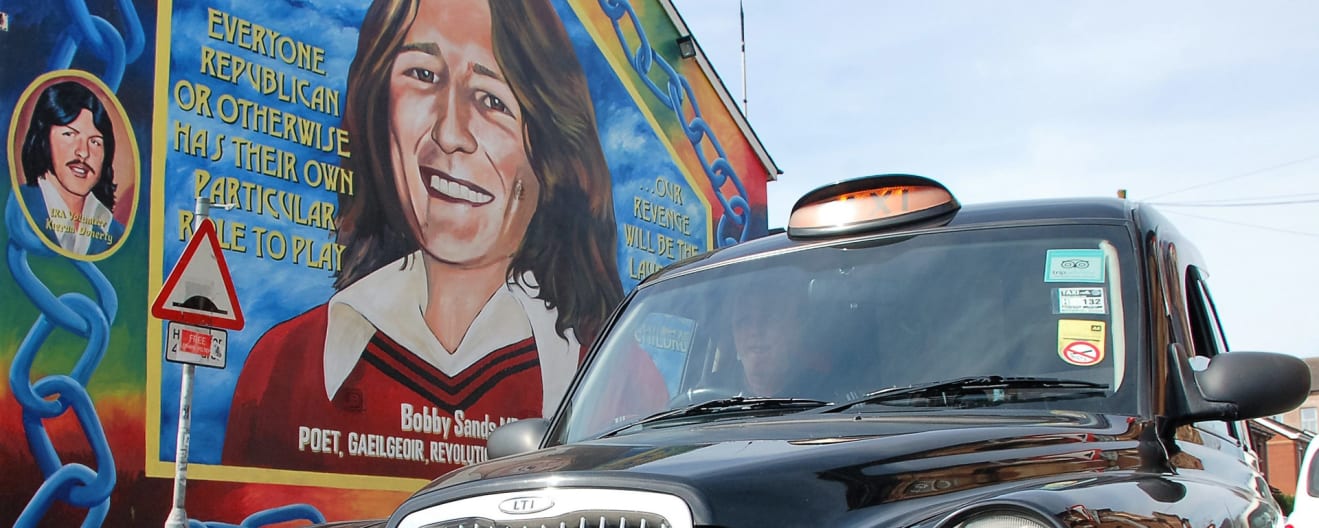
Take a journey through this once troubled city. See the murals of the Loyalist Shankill Road & Nationalist Falls Road. The Troubles took their toll on the economic life of Belfast, but the past ten years of peace have returned much prosperity while the genuine friendliness of the city never left.
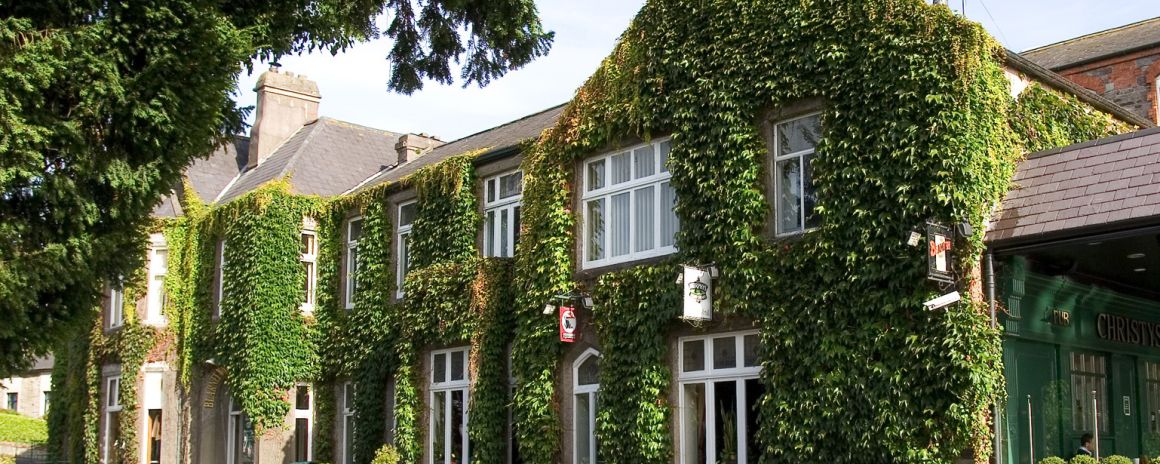
Originally built in 1823, Blarney Woollen Mills was mainly used for the spinning and weaving of wool. After it closed in 1973, it reopened in 1975 — as an Irish heritage shop.
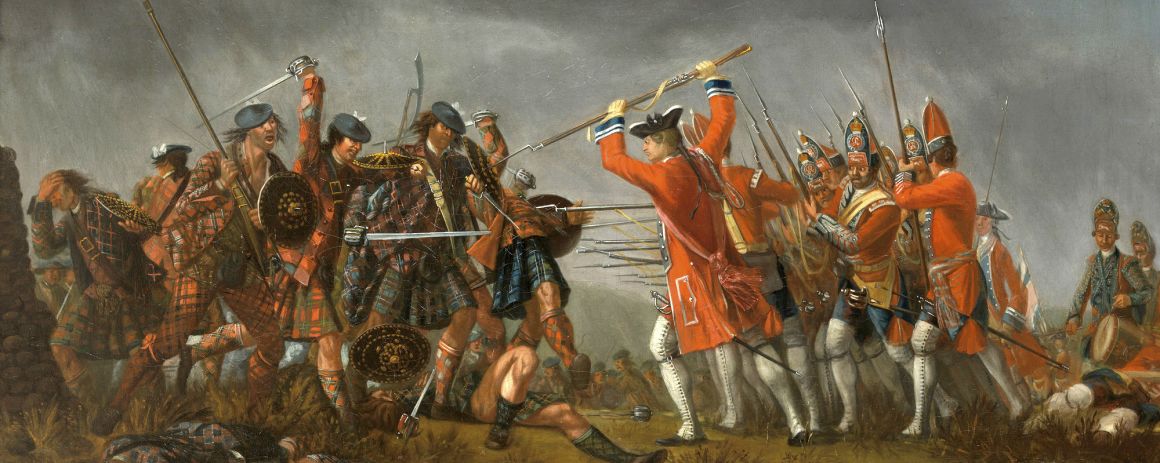
The Culloden Battlefield Visitor Centre commemorates the last pitched battle fought on British soil, in April 1746. Learn more about the Jacobite intent to overthrow the House of Hanover and return the House of Stuart to the British throne.
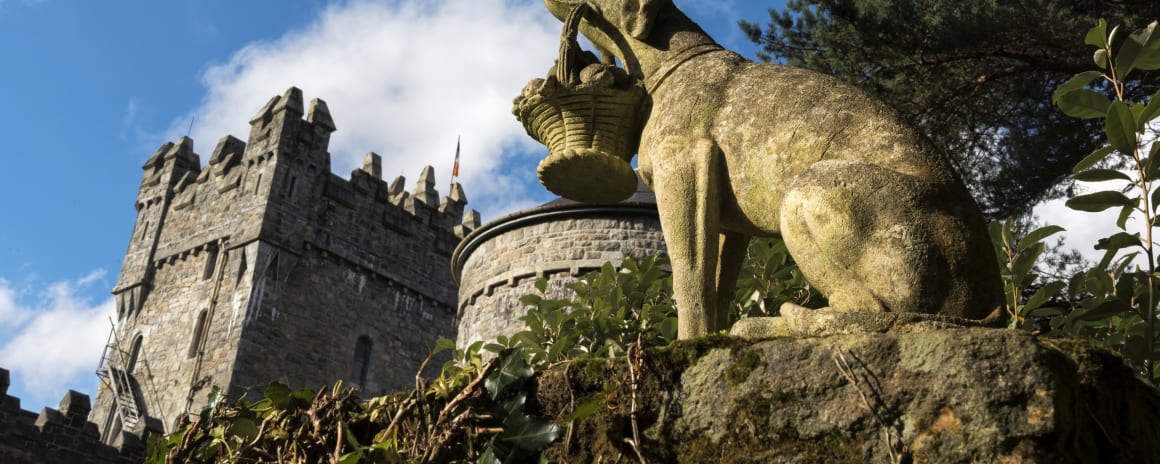
Located within Glenveagh National Park, Glenveagh Castle was built by Captain John George Adair between 1870 and 1873. Having made his fortune through land speculation in America, Adair return to Ireland and began large amounts of land in County Donegal. The castle was built in the Scottish Baronial style and is surrounded by a garden and commands stunning views of the nearby mountains, lakes, woodlands and valleys.
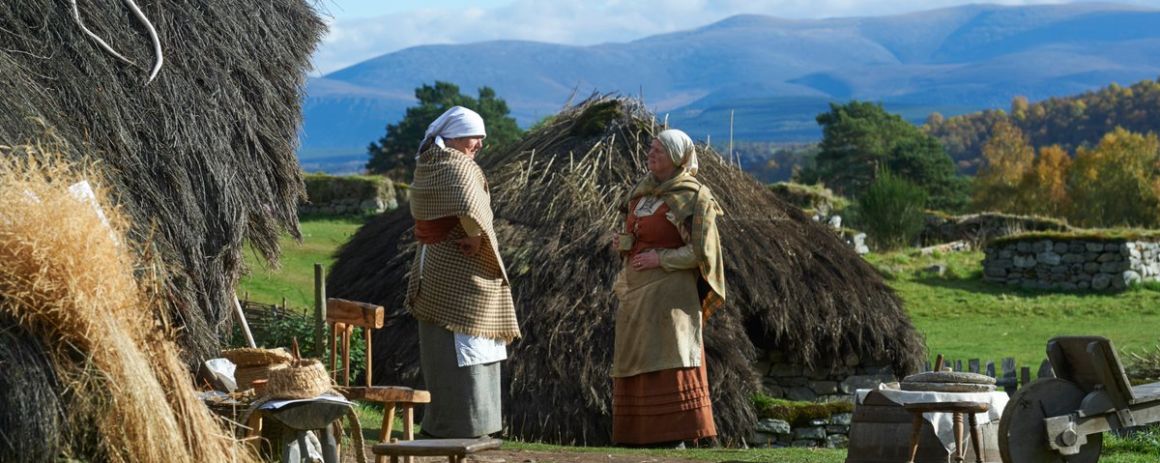
About Highland Folk Museum is a museum and open-air attraction located in the Scottish Highlands. It is designed to showcase the domestic and working lives of the early highland people.
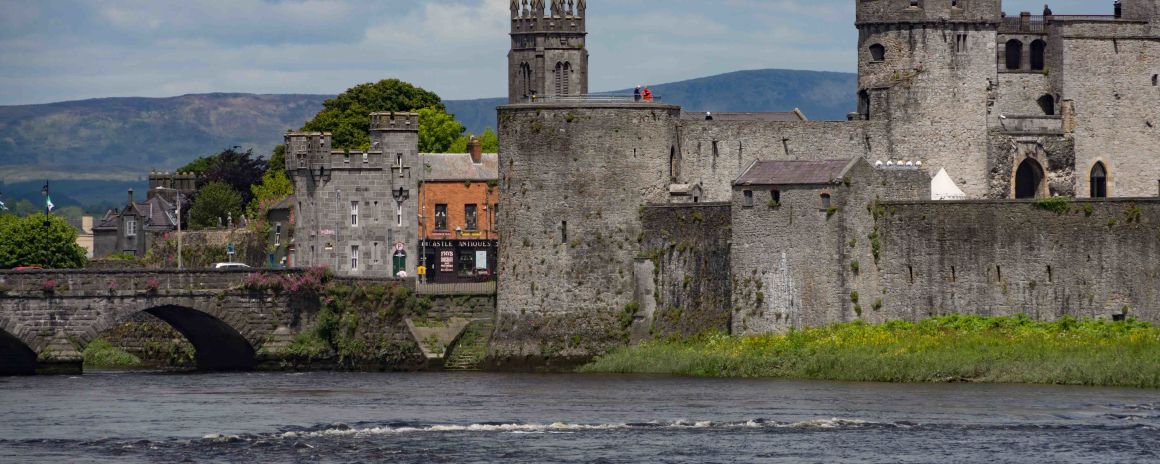
Located alongside the River Shannon in County Limerick, on King's Island. Dating back to 922, to a time when Vikings were the inhabitants of the island (Thormodr Helgason, the Viking sea-king, built the first settlement here. The castle itself was built in 1200, under the instruction of King John of England.

Located alongside the River Shannon in County Limerick, on King's Island. Dating back to 922, to a time when Vikings were the inhabitants of the island (Thormodr Helgason, the Viking sea-king, built the first settlement here. The castle itself was built in 1200, under the instruction of King John of England.
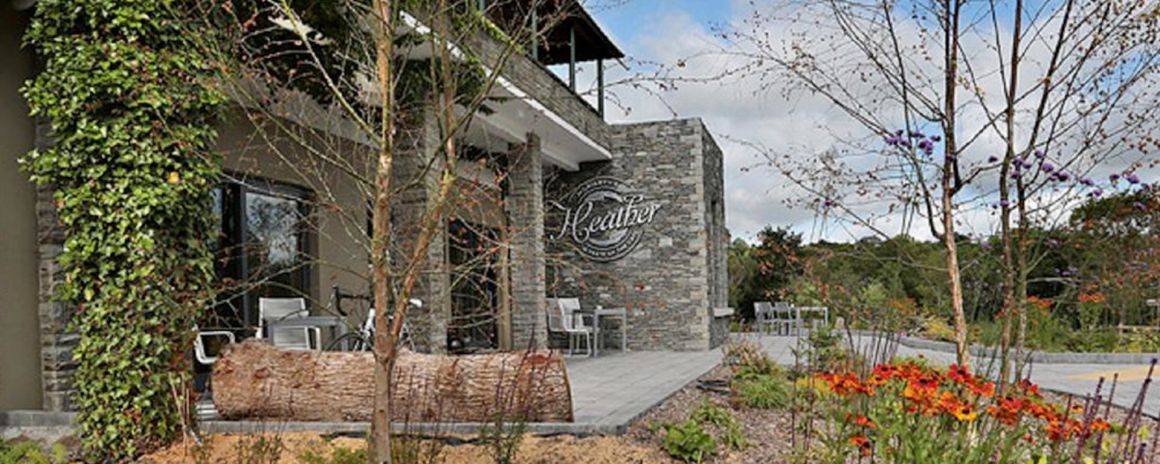
Located close to the Killarney National Park, Moriarty's is an Authentic Irish Gift Store and Restaurant. Hand crafted Irish jewellery, Waterford Crystal and classic and modern tweed fashions and furnishings are all on offer at the gift store. The restaurant is an 85 seater offering stunning views of the surrounding landscape.
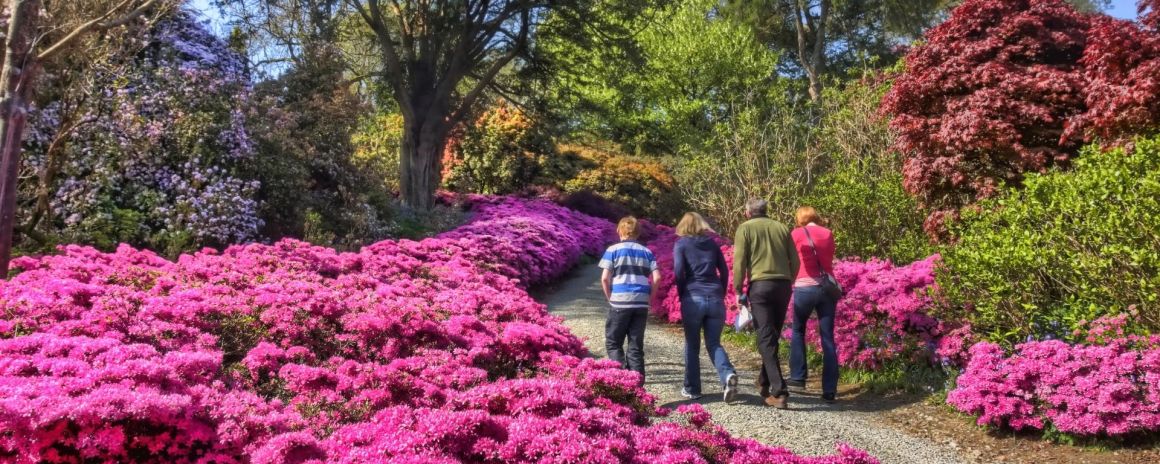
Mount Congreve Gardens. Located in Kilmeaden, County Waterford, Mount Congreve Gardens is an 18th century Georgian estate and mansion. It was designed by the same architect that created both of Waterford's cathedrals, John Roberts.
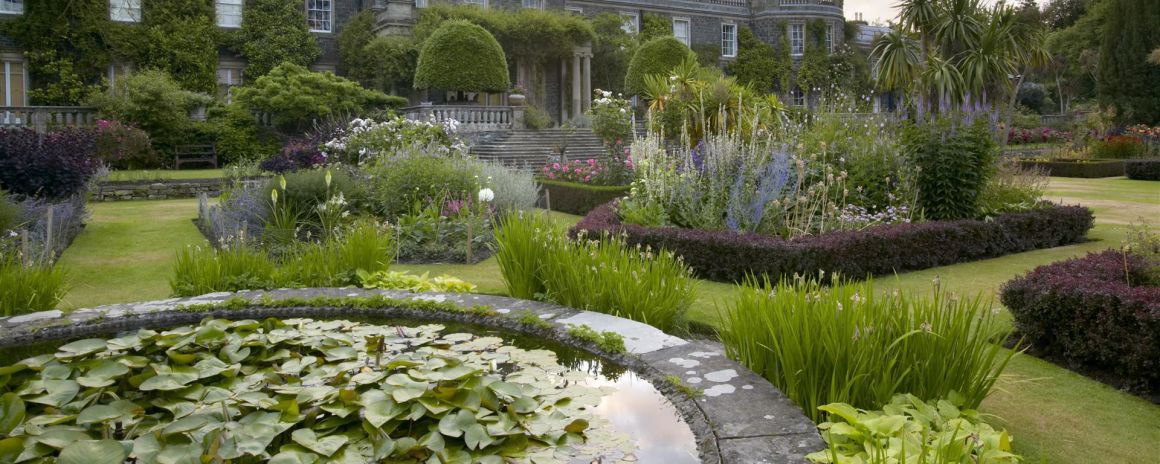
Recently recognised as being one of the top 10 gardens in the world, Mount Stewart is a rich tapestry of planting plant life and stunning walking trails. The house dates back to the 19th century, and was the Irish seat of the Vane-Tempest-Stewart family.
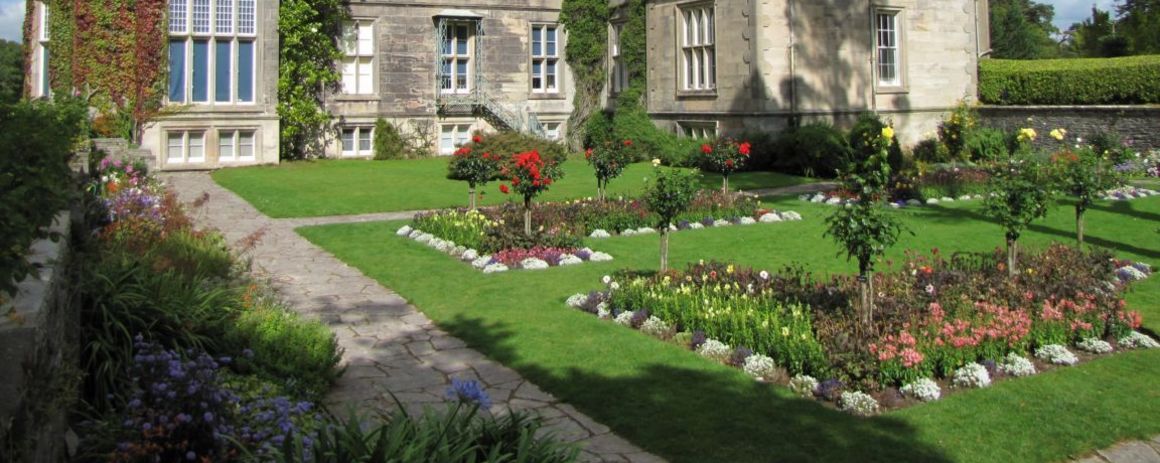
Located on the grounds of the expansive and idyllic Killarney National Park. Muckross House, and its 11,000-acre grounds, was donated to the Irish state in 1932.
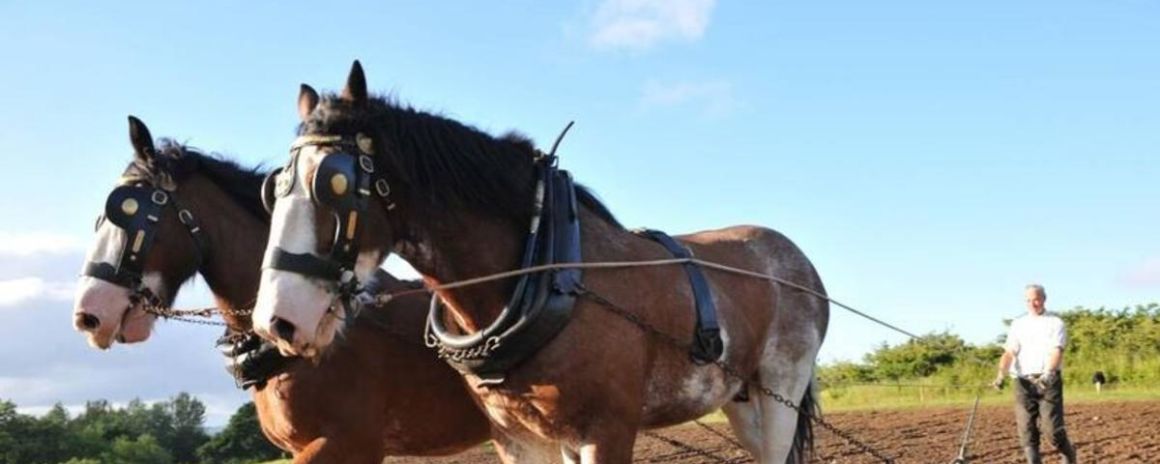
Located on the grounds of the picturesque Muckross House and its impeccable gardens. Take a step back in time and see the Irish farming lifestyle of the 1930s and '40s. A time when the horse was responsible for much of the labour and the weather was the be all and end all in terms of production.
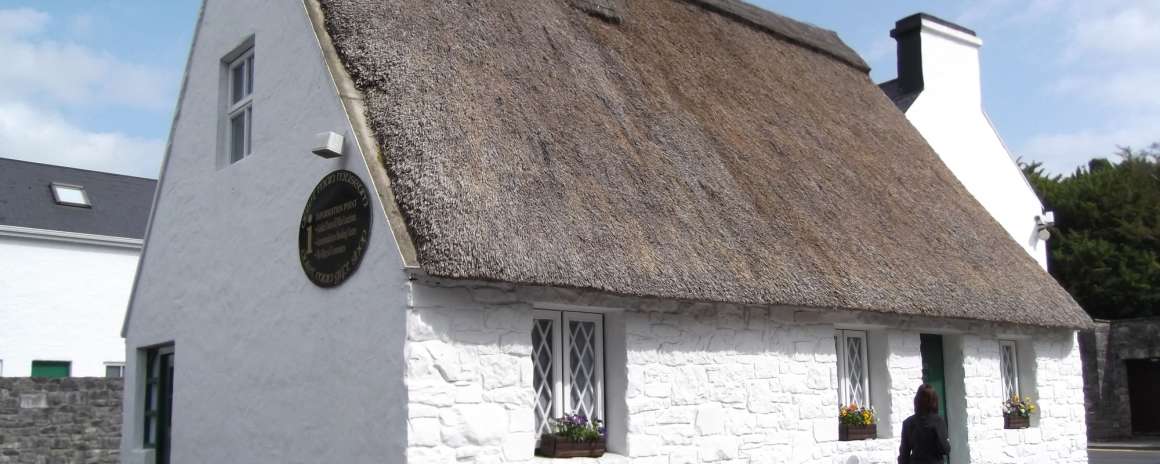
The Quiet Man Museum. A reproduction of the quaint thatched cottage from the John Wayne starring, John Ford directed movie of the same name. all costumes, artefacts and furnishings have been recreated in precise detail, to reflect the setting of the 1952 classic. Located in the picturesque village of Cong, County Mayo.